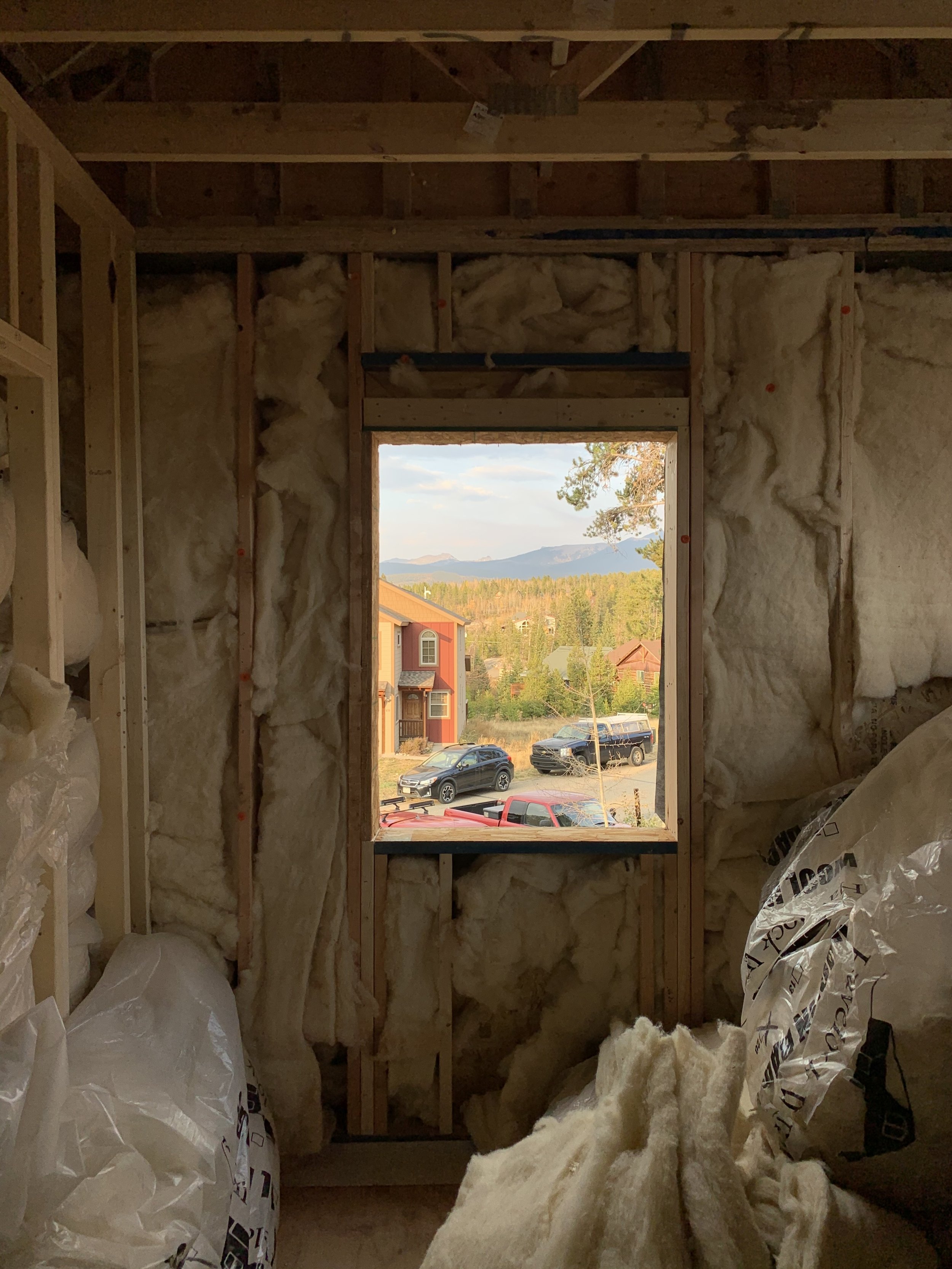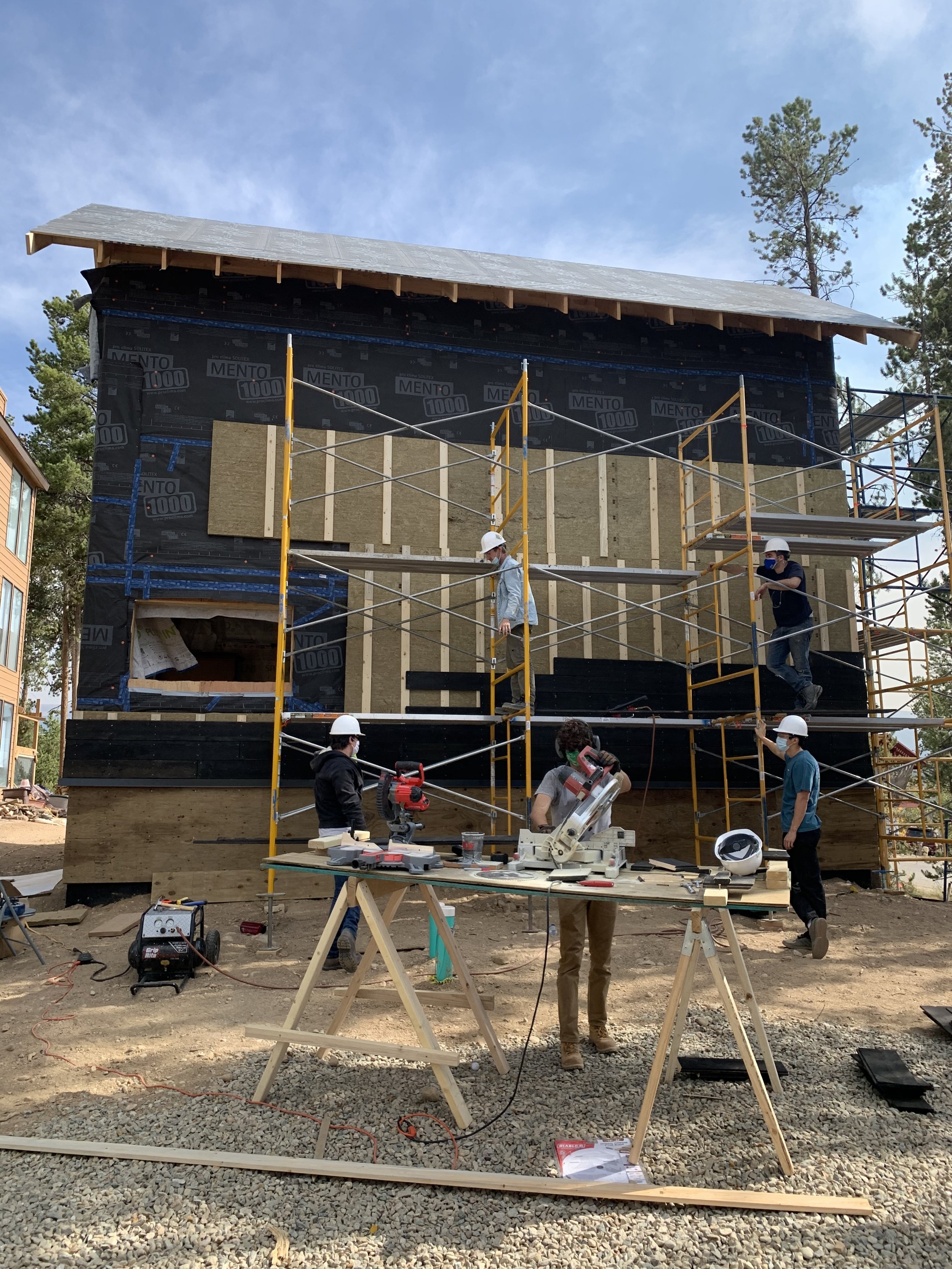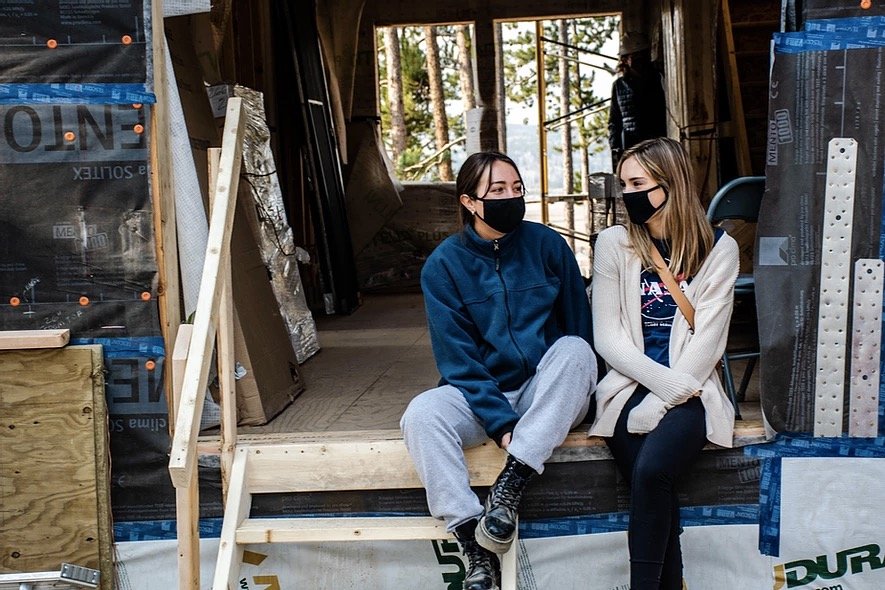The SPARC
House
U.S. Department of Energy
Solar Decathlon 2020
Build Challenge
The Solar Decathlon is where innovation meets real-world sustainability challenges.
The ten contests consisted of:
Energy Performance
Engineering
Financial Feasibility and Affordability
Resilience
Architecture
Operations
Market Potential
Comfort and Environmental Quality
Innovation
Presentation
Feel free to read more about the Solar Decathlon Build Challenge 2020 here.
The U.S. Department of Energy Solar Decathlon 2020 Build Challenge focused on designing and building high-performance, energy-efficient homes powered by renewable energy. The Build Challenge specifically tasks collegiate teams to design and construct fully-functional, sustainable homes that showcase innovative building techniques and technologies.
Each team’s home was evaluated based on ten criteria (contests), each designed to comprehensively assess the homes' performance, design, and market viability.
My team approached the competition by looking into housing-related issues effecting local communities in Colorado. This resulted in us posing the following question:
How might we design and build a sustainable home in one of the coldest towns in the country?
Full-time residents of cold-climate mountain towns are in need of accessible housing options that reflect their needs and are sustainable on all three fronts: environmentally, socially, and economically.
ROLE
Team Founder and Co-lead
3 years
(competition was extended due to COVID-19 pandemic)
SCOPE
Revit
Adobe InDesign
Adobe Illustrator
Google Suite
Zoom
Microsoft Office
Trello
TOOLS
Organized and facilitated team meetings
Conducted market research and communicated thoroughly with clients
Cultivated and fostered professional stakeholder relationships
Managed 30 students within 7 sub-teams, each responsible for a system within the house (e.g. structural, electrical, mechanical, etc.)
Helped coordinate fundraisers and oversee $440,000 budget
Iterated on the architectural drawings of the house
Assisted with detailed documentation, describing design decisions and specifications
Provided support and empathy to team members throughout various stages of the project
Hosted virtual walk through tours for public visitors and presented house designs to various juries
RESPONSIBILITIES
Overall: 1st Place (out of 9 teams)
Energy Performance: 2nd
Engineering: 2nd
Financial Feasibility and Affordability: 2nd
Resilience: 3rd
Architecture: 1st
Operations: 2nd
Market Potential: 1st
Comfort and Environmental Quality: 3rd
Innovation: 1st
Presentation: 3rd
COMPETITION RESULTS
It all started with a little chance encounter and a lot of inspiration.
In 2017, during my second year at the University of Colorado - Boulder, I toured the U.S. Department of Energy Solar Decathlon in Denver. I had never felt so inspired as I did while walking through those full-sized sustainable houses designed by student teams. Two questions occurred to me simultaneously: why was my school not competing that year, and how could I participate in the next competition?
A woman overheard the excited discussion I was having with my friends while touring the first house. She approached me to say that she and her husband owned a small plot of land in Colorado and would love to be involved in a project like this. I saved her contact info in a note in my phone, not knowing how important it would later become.
A year later, I found myself leading the effort to form a team at my university. Although I didn’t initially see myself as a leader, it became clear that if I didn’t step up, no one would. My desire to participate outweighed my fears, so I posted flyers, organized meetings, and slowly built a team.
When I finally contacted the woman from the tour one year later, she was thrilled to collaborate, marking the start of our journey. What began as a small spark quickly ignited into something real, and I couldn’t have imagined what would come next.
In Fraser, housing isn’t just expensive - it’s pushing out the workers who keep the town alive.
Our clients’ connection to Fraser, Colorado, one of the coldest towns in the lower 48 states of the US, prompted us to explore the town’s housing challenges. Through research and face-to-face discussions with residents and officials, we discovered that mountain towns like Fraser, which are nearby to ski resorts, face unique construction obstacles. High land costs, short building seasons, and a vacation-home market create skilled labor shortages, driving up housing costs and displacing local, working-class families and seasonal service workers. Recognizing that these demographics are key to community health, our team saw an opportunity to address these social inequities while also mitigating the environmental impact of new-home construction.
The project kicked off with thorough research, fundraising, and stakeholder alignment.
After a number of interest meetings at my university to motivate students to join the team and establish faculty supervisors, the project's planning stage began. This involved the following overlapping phases and tasks:
-
Understanding and outlining the criteria of the competition
Identifying the needs, wants, and budget of the clients
Engaging with the local mountain town communities to better understand their housing needs
-
Analyzing the building site's environmental conditions
Researching local building codes, construction restrictions, zoning laws, and sustainability guidelines
-
Estimating costs for materials and labor
Organizing and hosting fundraisers
Developing a preliminary budget and project timeline
-
Aligning the expectations of the team
Consulting with architects, engineers, and sustainability experts
-
Developing initial design concepts and sketches
Exploring sustainable building materials, strategies, and technologies
-
Preparing and submitting necessary permits and applications
Coordinating with local authorities for building approvals and inspections
-
Iterating designs based on feedback from stakeholders and experts
Developing detailed construction documents with finalized designs and specifications
-
Coordinating the procurement of building materials with suppliers and contractors
Our prefabricated house panels were assembled on-site in just one day.
We partnered with Simple Homes, a Scandinavian-inspired prefabricated construction company, to kick off our build phase. The process began in their factory, where we worked alongside experts to construct the house panel by panel. Meanwhile, in Fraser, Colorado, local contractors prepared the site and laid the foundation.
On September 17th, 2020, the prefabricated panels were transported from Denver to Fraser and assembled on-site. Within just one day, the exterior walls, floors, and roof panels were erected and secured. From then on, construction proceeded onsite, involving:
Insulating and waterproofing the building envelope
Applying exterior siding
Framing interior walls
Installing windows and doors
Installing the roof layers and solar panels
Running and positioning electrical, plumbing, and HVAC systems
Installing drywall, flooring, and ceiling materials
Fitting interior components
Testing utility systems
Coordinating inspections

















The final solution was a house founded on five core pillars of design.
The SPARC House
-
The foundation of our design philosophy is the triple bottom line of sustainability, emphasizing economic prosperity, social equity, and environmental protection. The SPARC House aims to excel in all three areas.
-
High energy performance is crucial for reducing environmental impact and lowering operating costs. The SPARC House incorporates both passive and active design strategies, including strategic orientation, high insulation, efficient HVAC systems, and solar energy optimization, proving that all-electric housing can thrive even in cold climates.
-
To ensure affordability, the SPARC House utilizes prefabricated construction and includes a rentable accessory dwelling unit (ADU), providing supplemental income for homeowners and affordable housing options for seasonal workers.
-
The SPARC House is designed to withstand climate-related challenges through grid islanding, battery storage, on-site energy generation, and demand response capabilities, ensuring reliability even under extreme conditions.
-
The ADU not only supports the homeowners financially but also addresses the housing needs of lower-income seasonal workers, fostering stronger, more integrated communities. By promoting interaction and affordable living, the SPARC House contributes to healthier, more resilient mountain towns.
To read more about the specifics of the house and our design decisions, click here.
















This experience changed how I think about design and leadership forever.
After two and a half years of dedicated work by our team of 30 students, the SPARC house was completed. We tested its efficiency and presented it to various juries composed of field experts and professionals.
Due to the pandemic, the presentations, tours, and the competition’s awards ceremony in April 2021 were held online. One by one, the results of the ten contests were announced, each highlighting the highest-scoring teams. Remarkably, our team from the University of Colorado Boulder placed in the top three in all ten contests. At the end of the virtual ceremony, the U.S. Secretary of Energy Jennifer Granholm, announced and congratulated our team as the overall winners of the Solar Decathlon 2020 Build Challenge.
I admit I was unprepared and humbled by the challenges and growth this project would bring. I am deeply grateful for the valuable insights and lessons I gained through this experience.
Among my biggest takeaways, I learned:
The ability to adapt in evolving situations: I recognized the need for flexibility and resilience in overcoming challenges, such as the pandemic and local wildfires.
Growth through collaboration: I witnessed the power of diverse perspectives and collective knowledge in achieving shared goals.
Lessons in leadership: I gained skills in balancing vision with practicality, empowering team members, and navigating the challenges of leadership.
Impact on my personal values: This experience strongly reinforced my commitment to sustainability and social responsibility.
Reflection on our achievements: I felt a deep sense of pride in our team’s accomplishments, strengthening my belief in the power of teamwork and collaboration.







